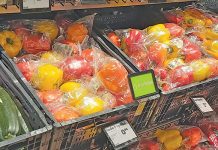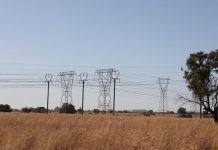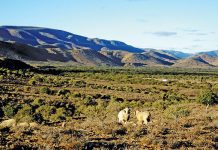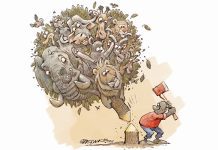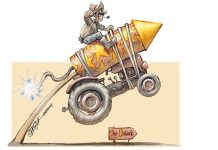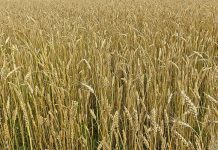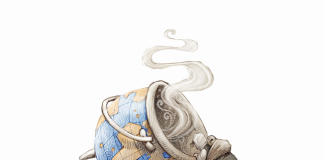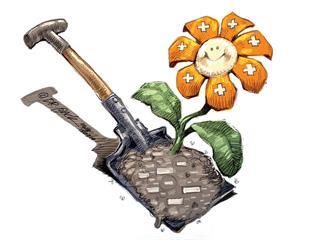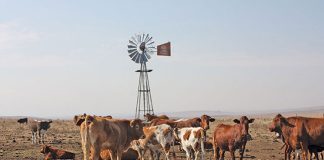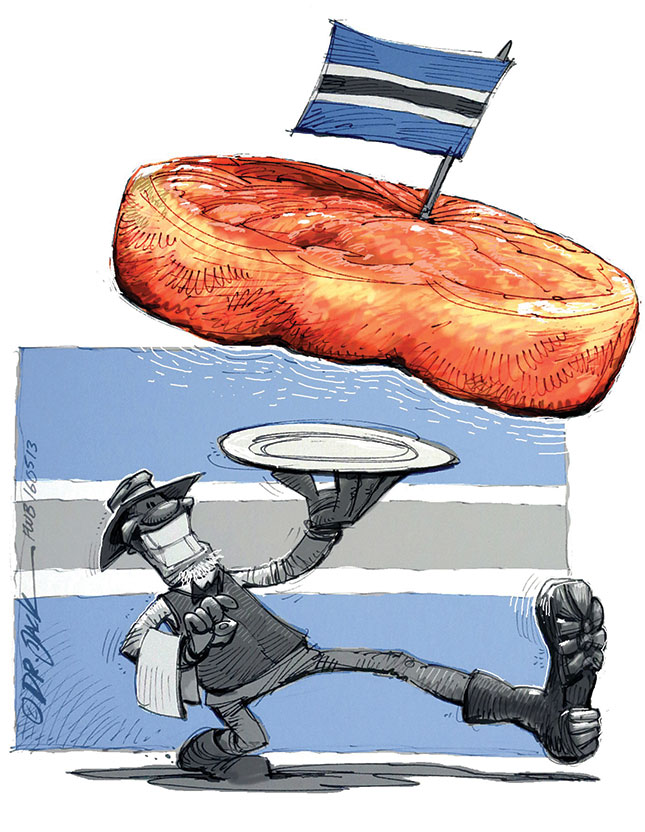
The demand for beef around the world is increasing, stimulated by population growth. Currently, population growth in Botswana is 1,2% per annum and is expected to continue rising at this rate for the next five years to reach a total population of 2,26 million by 2020. Due to the growing population and increasing urbanisation the availability of surplus beef for export declines annually.
In South Africa, the per capita consumption of beef is 19kg/year. If this is assumed to be true for Botswana as well, it means that, in order to meet domestic demand by 2020, the supply of beef in Botswana has to increase to an additional 2 470t – or an average of 494t/year.
Botswana exports about 9 000t of beef to the EU and 10 000t to South Africa. It enjoys unlimited preferential market access to the EU, competing with countries such as Brazil. The EU agreement enables Botswana to export beef duty- and quota- free to the EU. Producers receive 60% more than export prices to South Africa.
Botswana has a limited number of 220 000 cattle annually ready to be slaughtered for the domestic and export market. Globally, grass-fed beef production with beef without growth stimulants is constrained by the limited amount of grassland. This presents an excellent opportunity for ranchers in Botswana to up their production efficiency in order to produce more beef for niche markets such as the EU.
Currently, only 20% of the cattle received from producers in Botswana comply with EU requirements. A further problem is that the feedlots in Botswana are under- utilised. By encouraging investment in private feedlots and increasing competition amongst feedlots to offer producers better market-related prices for cattle that meet EU requirements at a live weight of 240kg, producers will benefit from earning better returns and the Botswana Meat Commission (BMC) will receive better quality stock to prepare for the export market.
Botswana meat commission
The BMC is a non-profit state institution that runs the single channel export scheme for beef. It investigates future strategies to present to Cabinet in order to improve efficiencies. It also oversees the sanitary and phytosanitary requirements needed to control the occurrence of foot-and-mouth disease (FMD).
In the case of FMD, the borders are immediately closed to prevent Botswana losing market access to the EU. The BMC was recently inspected by McDonalds and complied to 93% of the requirements of the fastfood giant’s audit.
The BMC is restructuring its current business operations. It needs to focus on its core purpose – the exporting of quality beef to the EU. This means that the BMC will disinvest in its feedlot operations. Producers will have to supply cattle that meet the minimum required cold-dressed weight (CDM) of 201kg. To achieve this, the producer needs to supply cattle of a live weight mass of 380kg. The onus will be on the producer and private feedlots to supply the BMC with cattle to export to the EU.
More sustainable than diamonds
According to Patrick Balopi, former Cabinet Minister and speaker of Botswana’s National Assembly, beef represents a long-term industry compared to the declining mining industry. As a sustainable reproductive industry, it is a priority for government.
Although cattle numbers are few, producers in Botswana are focused on improving the industry to produce boutique beef for the export market, says Balopi.
The unlimited export opportunity to export beef to the EU must be fully exploited. Producers who still produce beef in the traditional way need to investigate ways to improve production and to migrate to commercial production.
In Botswana, feedlots are not allowed to use growth stimulants in order to safeguard the lucrative EU market. In South Africa, feedlots achieve weight gains of 1kg with 1,4kg of feed; in Botswana, you need 1,8kg of feed to gain the same amount of weight.
US producers have a dual system.
They supply the EU market with beef free from stimulants but they also supply other markets that do not have the same requirements. Botswana feedlots may gain additional efficiency and cost saving in terms of productivity if they were allowed to adopt a similar dual system and use growth stimulants for beef to be exported to South Africa.
The preferential access to the EU market offers an opportunity to export more Botswana beef to that market. The deficit needed to supply the Botswana market should be imported from South Africa to make use of the comparative advantage of the strong Botswana pula.
In order to increase supply Botswana producers may need to improve the efficiency of feedlots and move away from traditional production methods and, as Balopi said, employ commercial production systems.


